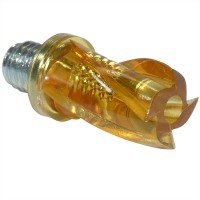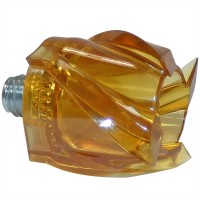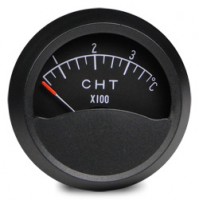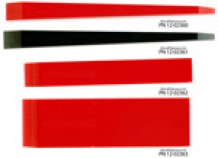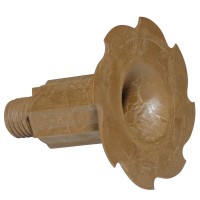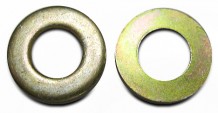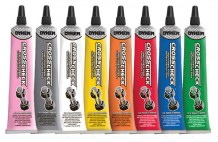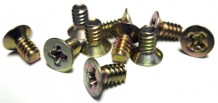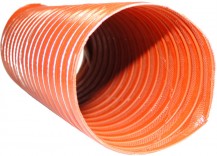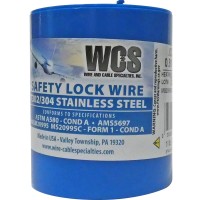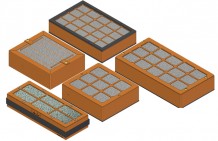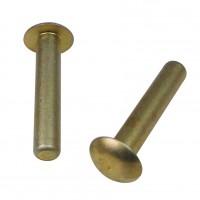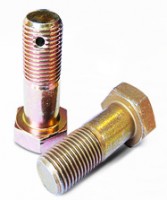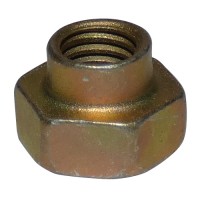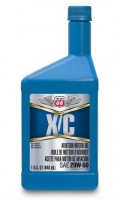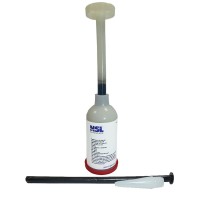POLYGONE 310-AG GEL 5 LB
MFR Model# 2045-210
Overview
|
PolyGone™ stripping agents are unique formulations that remove polysulfide (PRC) and silicone RTV sealants from metal, ceramic, and some plastic substrates. The top polysulfide producers include PRC DeSoto (now PPG), AC Tech, and Flamemaster. The top silicone producers are GE, Dow, and Wacker. Both polysulfide (polysulphide) and silicone RTV are difficult to remove completely since they actually bond into surface/substrate.
The typically, sealant removal method requires scraping that results in damaging the substrate. There are also products that try to "disslove" the sealants but due to their inertness, this does not work. PolyGone however, reacts with the polymers chemically and breaks them down so they can be rinsed away without damage to the surface/substrate. This offers significant advantages over other removal methods. PolyGone emulsifiers are specialty blended chemistries that wet and penetrate the polymer and relatively quickly emulsify it. This emulsification prevents redeposition of the reaction by-products and allow for water rinsing. The polysulfide (polysulphide) sealant remover is also available as a gel for use in vertical, inverted and non-immersion applications. PolyGone is effective at removing silicone RTV and polysulfide (polysulphide) sealants at room temperature, are fast acting and environmentally friendly as opposed to regularly used solvents. PolyGone is currently being used by several MRO organizations as a sealant remover. Available in both liquid or gel. 6oz Gel (Pictured) 5lb Gel 1 Gallon Liquid |
WARNING: Cancer and Reproductive Harm - www.P65Warnings.ca.gov. |
Reviews
POLYGONE 310-AG GEL 5 LB
There’s really no other way to remove proseal from materials this effectively.
I used this to remove old proseal from a fuel tank access cover. Applied with a brush and let stand for 2 hrs. The proseal came off cleanly using a rag and wire brush. My only wish is that it is sold in smaller quantity.
Save you money and buy another sharp chisel. It only works on thin coatings or material that has already failed. Total waste.
Q&A
Please note, Pilotshop.com's personnel are not certified aircraft mechanics and can only provide general support and ideas, which should not be relied upon or implemented in lieu of consulting an A&P or other qualified technician. Pilotshop.com assumes no responsibility or liability for any issue or problem which may arise from any repair, modification or other work done from this knowledge base. Any product eligibility information provided here is based on general application guides and we recommend always referring to your specific aircraft parts manual, the parts manufacturer or consulting with a qualified mechanic.
No, Polygone is not recommended to interact with de-ice boots.
PolyGone has a 1 year shelf life in un-opened containers.
PolyGone 310-AG is safe on glass, metals and most plastics except Nylon and latex. It will vary aircraft to aircraft based on the paint used. The optimal way is to paint a piece of scrap metal with the type of paint your aircraft has, and testing a small portion on the painted scrap surface.
PolyGone 310-AG Gel is alcohol-soluble. Either methanol or isopropyl alcohol may be used.
It is not corrosive but could remove paint.


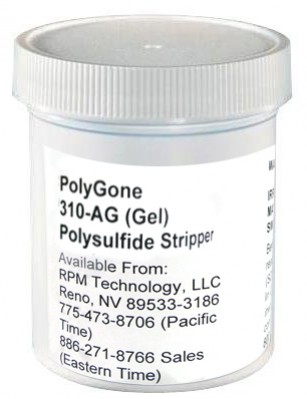





 FREE Shipping
FREE Shipping

